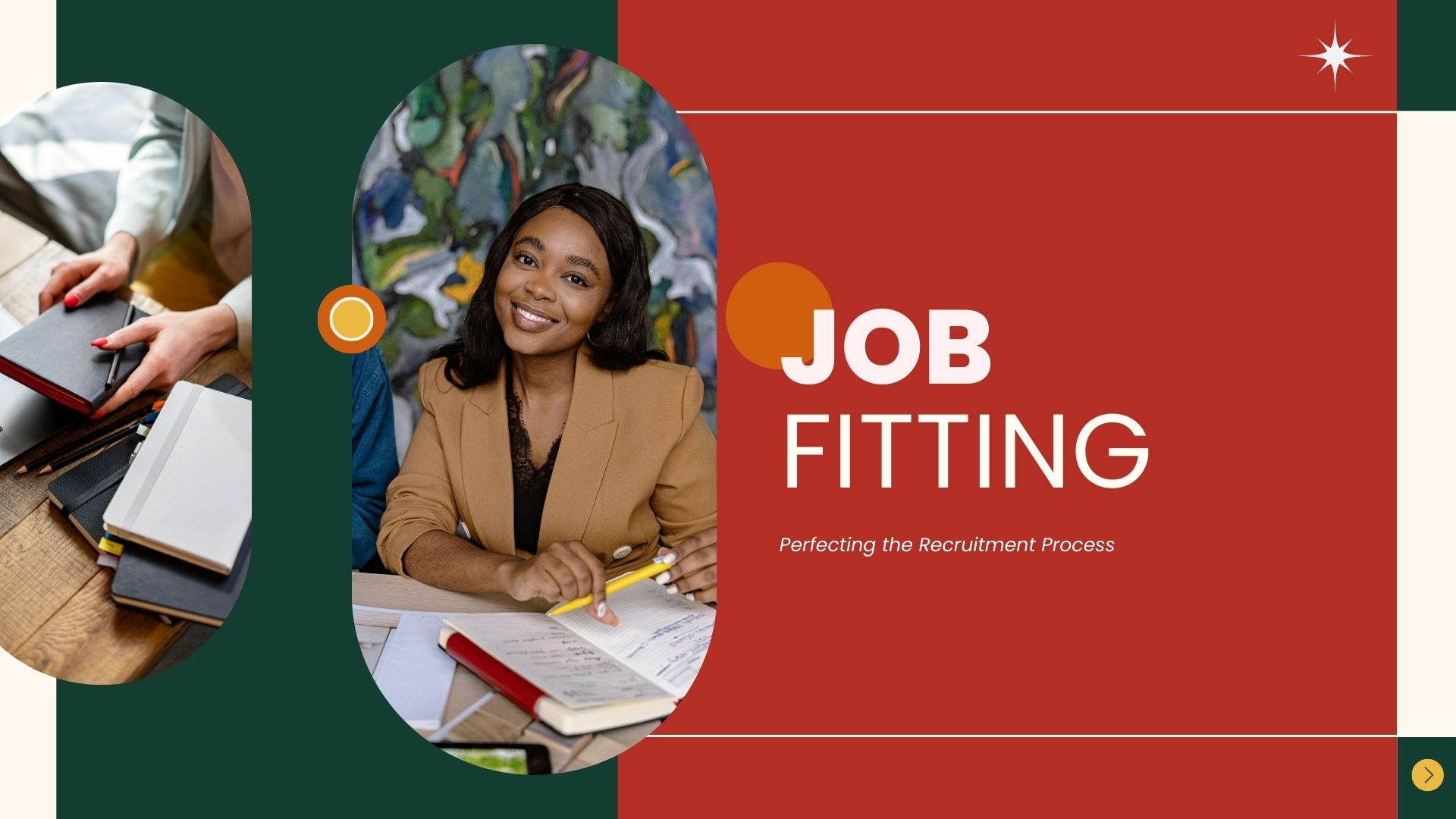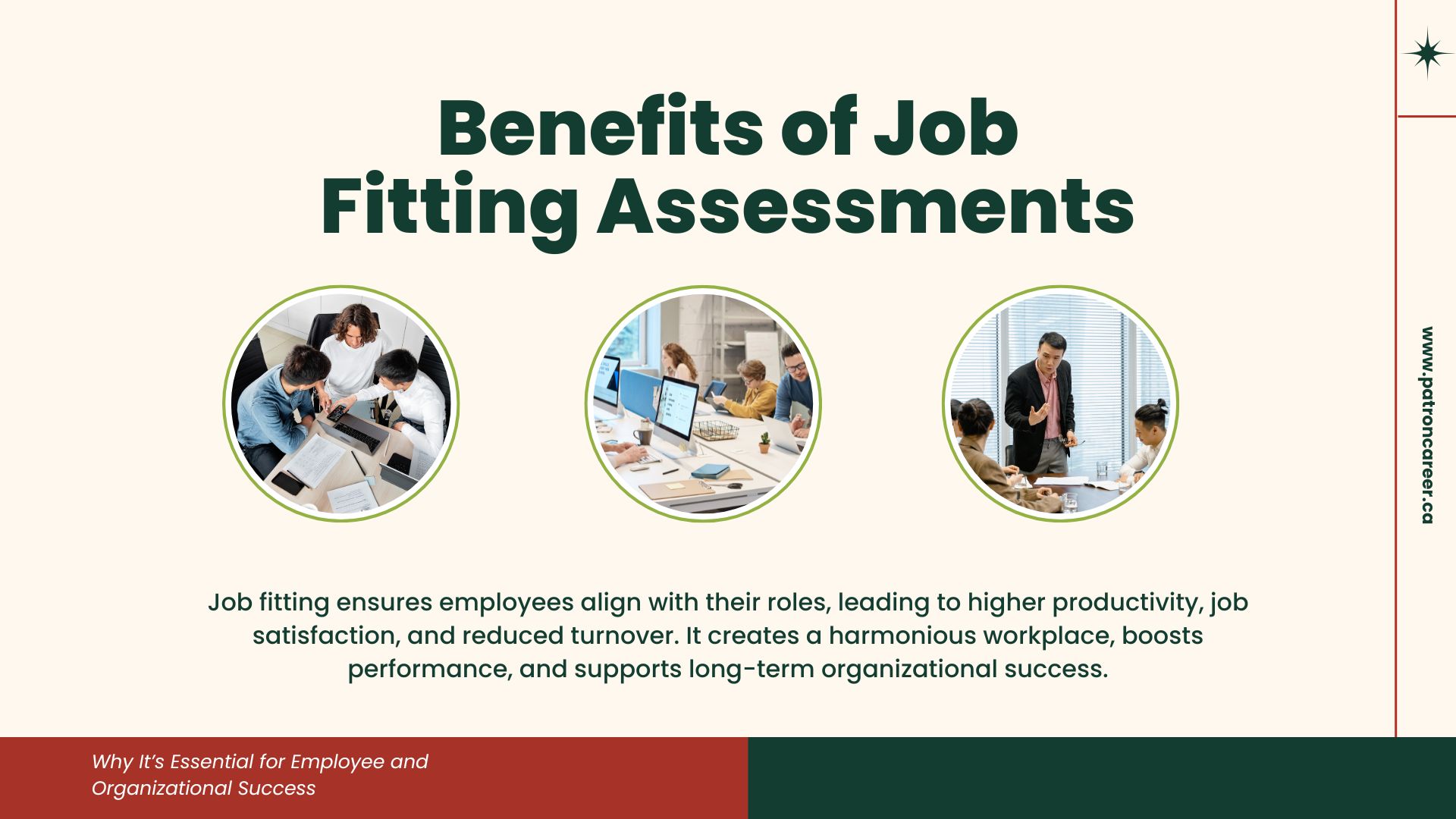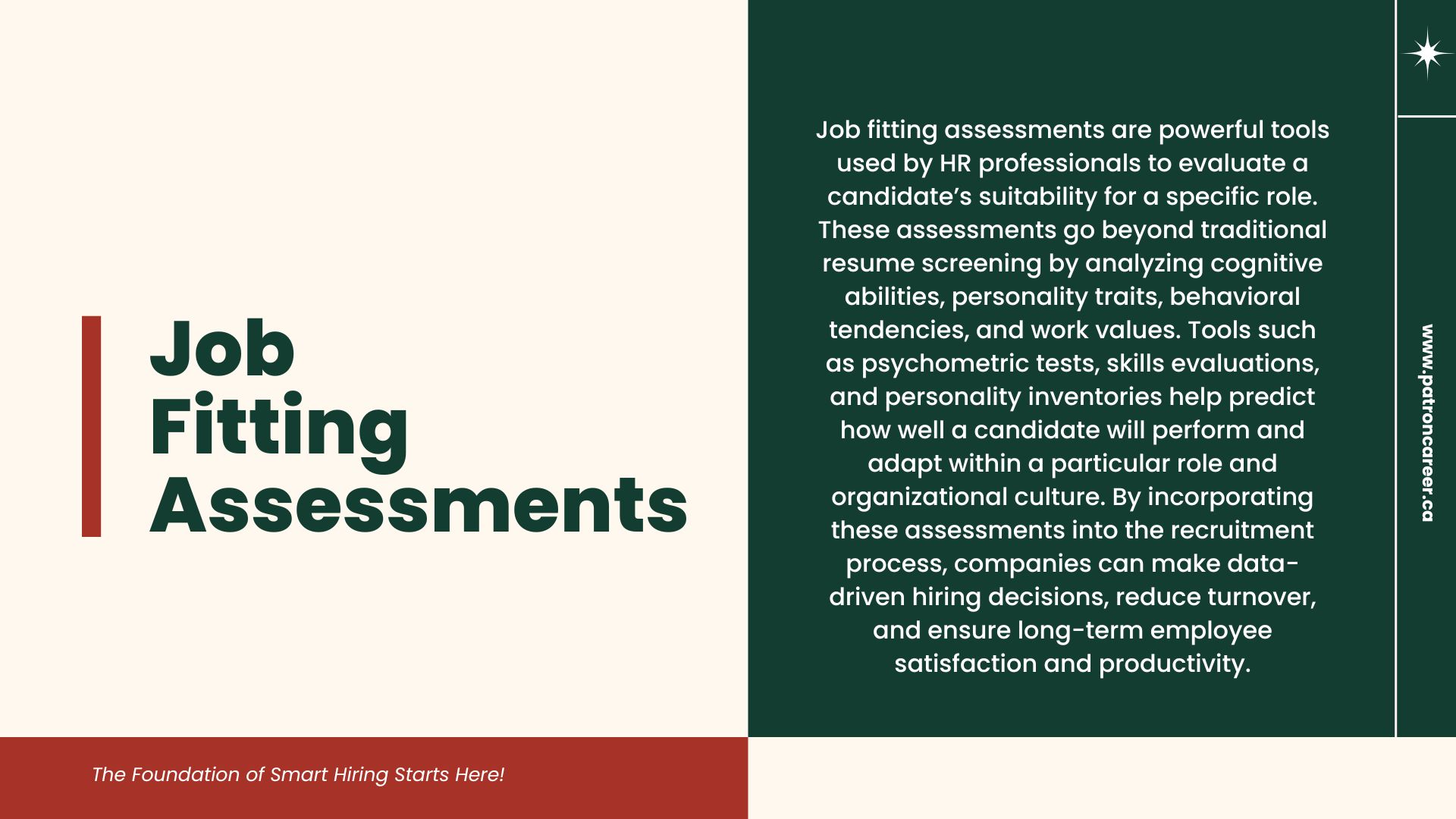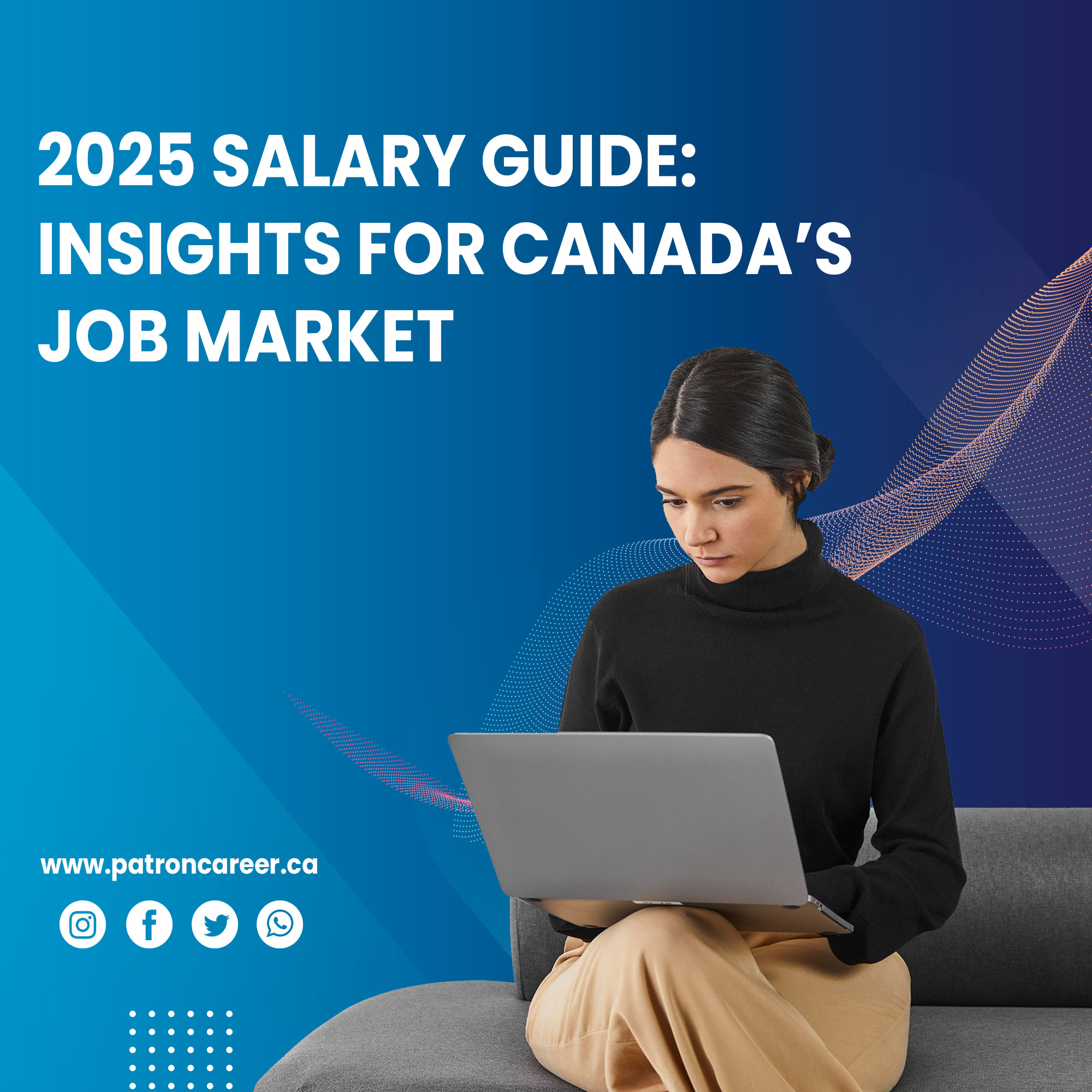What is Job Fitting? How to Ensure the Right Candidate Fits the Right Role
The recruitment realm is no longer focused on matching candidates to job descriptions in the conventional sense. In fact, it is about a panoramic view of how skills, values, experiences, and personality all add up to align with the company’s demands and culture. This is the essence of job fitting, which aims to assess candidates before hiring to avoid misfires.
But what is the concept of job fitting, and why does it matter in recruitment? Patron Career Staffing is here to venture into one of the most critical aspects of the hiring process and explore methods HR professionals can use to ascertain whether a candidate is the perfect match for a particular role.
What is Job Fitting?
Job fitting is the alignment between a candidate’s attributes and the requirements of a specific job. It is founded on the notion that the more a candidate’s strengths and characteristics align with the responsibilities and environment of the role, the better they will perform in that job. It determines the candidate’s suitability for the job. Unlike, regular job recruitments, job fitting entrenches the cognitive abilities, personality traits, work ethics, and motivations.
In job fitting, there are two major types to consider:
Person-Job Fit: It relies on how well an individual’s education, skill sets, and experience match the primary duties and responsibilities of a specific job—the extent to which a candidate’s qualifications match the direct requirements of the position.
Person-Organization Fit: Compatibility of a worker's personal values, culture, and long- term goals with those of the organization. It focuses on the individuals’ work ethics and attitudes corresponding to the company’s objectives, to avoid the menace of quagmire in the future.
Job fitting is beyond just being a method to fill open positions, but advocates for mutual benefits of both the employer and the employee, leading to lasting success and productivity for the organization and job satisfaction for the employee.
Why Does Job Fitting Matter in Recruitment?
Job fitting is crucial for 2025 and beyond, due to several reasons:
- Increased Job Satisfaction- An employee who fits well within a role and is culture- compatible is likely to feel more engaged and satisfied with their work. Enhanced job satisfaction leads to motivation and low employee turnover, making it a win for the company and its workforce. Should there be a mismatch, frustration, resentment and disengagement would prevail.
- Improved Performance- In general, the right hires in the right roles tend to perform better because they can use their skills and strengths more efficiently. In all likelihood, such job fits would excel at what they do, meet or exceed expectations, and contribute directly to the company’s goals and objectives.
- Cohesion and Company Culture- The best candidate for a role is the one who not only fits well within the job but also flourishes within the company’s culture. Person- organization fit becomes the precondition for a harmonious workplace, where the employees see eye to eye in shared values, communication styles, and ultimately aligning goals.
How HR Can Ensure the Right Candidate Fits the Right Role
HR has a prominent role to play in job-fitting assessments. We have shared a few actionable tips for our HR heroes to make righteous candidate assessments for specific roles:
1. Cleary Define the Role and Requirements
In advance of the recruitment process, HR needs to latch on what the essential requirements of the job. This initial step cannot be skipped, where HR ensures that the potential candidate has all the technical and soft skills, qualifications, personality traits, and cultural fit. Defining the job responsibilities, expected outcomes and any special or technical competencies is indispensable for a successful hire.
2. Create An Appropriate Candidate Profile.
Once the role is established and clear, the next step is to create an ideal candidate profile for the role. This profile represents both hard and soft skills required for the role, as well as personality traits and values coinciding with the company's culture. This profile would serve as a baseline against which all candidates would be assessed. Candidates' profiles also should focus on determining the qualities you want in a candidate.
3. Utilizing Psychometric and Personality Tests
Psychometric tests are invaluable tools companies use to examine how well a prospective employee fits into the job. Ranging from cognitive abilities, behavioural tendencies, and individual responses to different situations, these tests are a productive tool for avoiding bad hires. A variety of personal tests are available to organizations, which can be used to the best of their advantage- Myers-Briggs Type Indicator (MBTI), Big 5 (OCEAN), Enneagram, the Calliper Profile and the Gallup Profile.
4. Behavioural Interviewing
Companies use behavioural interview techniques like the STAR (situation-task-action and result) method to interview job applicants and learn about their past job experiences. Candidates have to describe how such situations were dealt with in the past; from the repertoires, HR will determine if the candidate has such skills and problem-solving abilities or attitudes required in the position. Candidates can be compared to find the best fit using such behavioural interviewing methods.
5. Assess Cultural Fit
Knowledge and experience are one side of the river and it's important to determine if a candidate’s values, work ethic, and communication style go well within the organizational culture. To find whether a candidate is a cultural fit, HR can ask questions like taking their feedback about teamwork, leadership, work-life balance, and company values. They can also observe during the interview and seek feedback from others present in the room.
6. Involve Hiring Team
It's important to stress that not just HR is responsible for job fitting, the hiring managers also should be involved during the selection process. These people would be able to share what happens daily in the actual work life for the role as well as the dynamics present within the team.
7. Real Job Previews
The candidates should have an opportunity to have a preview of what their work life and company culture will entail before committing to a job. Getting them accustomed to the job demands, working conditions and challenges prone to the job will ensure their job satisfaction and high morale. Some organizations allow candidates to shadow employees or take on simulative tasks to have a better feeling of whether they're going to enjoy that specific position.
8. Continuous Adaptation and Feedback
Job fitting is a continuous process, even after hiring. Continuous feedback is a two-way process and helps to identify early signs of miscommunication between employees' expectations and the role. If case you hit deviation, HR can take corrective steps through additional training, role adjustments or open communication.
Achieving Recruitment Success Through Job Fit
Job finding initially can seem like a very complex process. But once you learn the ropes of matching the right person at the right job, your organization will benefit abundantly and achieve long-term success.






